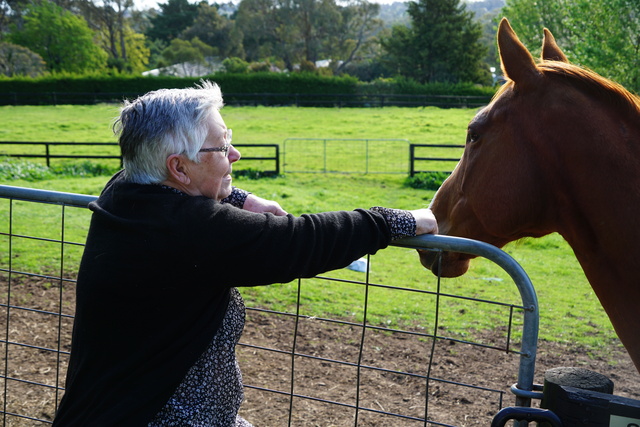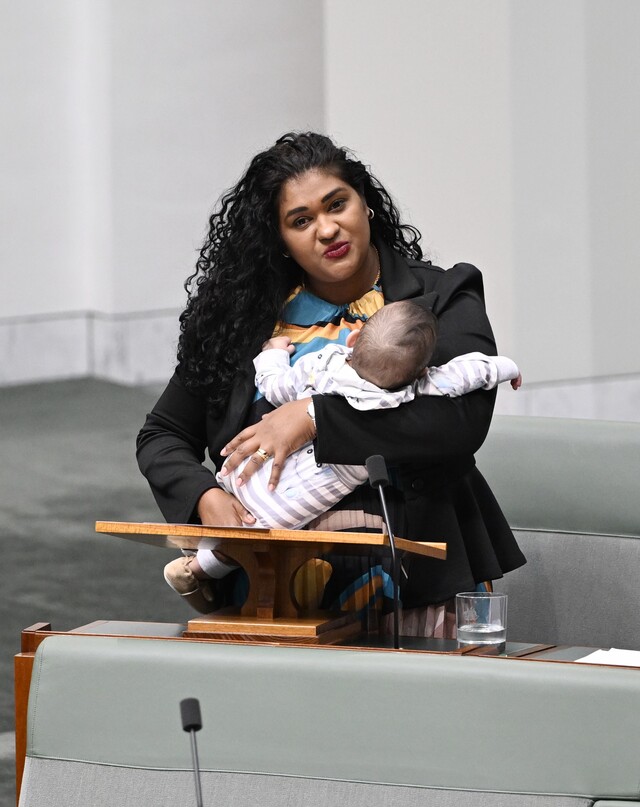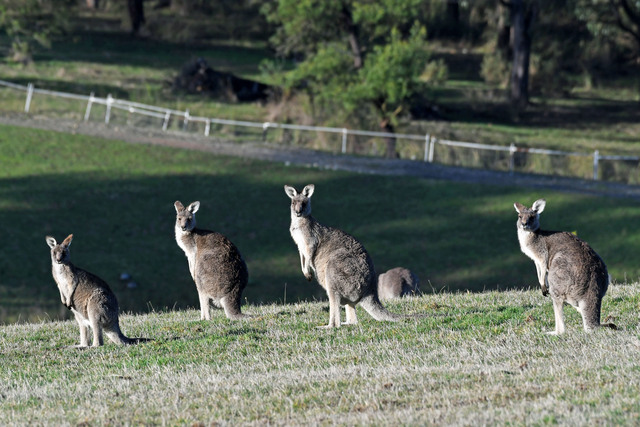Experts say apartments, representing compact living, are becoming the future for Cranbourne and the surrounding areas.
In late September, Star News reported that Cranbourne CBD could soon see an uncommon development, a four-storey apartment complex, with a planning permit advertised.
Following this report highlighting the emergence of apartments in Melbourne’s outer suburbs, Hardeep Singh, the director of Area Specialist Casey in Cranbourne, said apartments are the future of housing in Melbourne’s outer suburbs as families grow smaller and affordability tightens.
He said the traditional demand for large homes with backyards is shifting toward compact living as “micro families” become the norm.
“The future of real estate will be small houses, one or two bedrooms, where they don’t need to spend time cutting the grass, especially in Melbourne, whether in Cranbourne or wherever it is. Generally, it is raining or windy or too much heat. In all situations, people want inside,” he said.
“Apartment works better. First thing is security. Too much crime. If you own a house, somebody can jump into whatever. With apartments, nobody will access your property that quickly.
“The other thing is lower expenses. You will get better rates on electricity and water sometimes.
“And everything is in a walkable distance. Nobody wants to go far. Everybody wants to be close to facilities.”
Mr Singh noted that Cranbourne and neighbouring Casey suburbs are already seeing more multi-dwelling developments.
He said that in the future, Cranbourne might see apartments with ten to 20 storeys.
Mr Singh believed that apartments are not only more practical but also more affordable for first-home buyers.
“A two-bedroom apartment in Cranbourne might rent for around $450 to $500 a week, but you could buy one for about $500,000,” he estimated.
Monash University associate professor Duncan Maxwell of the Art, Design and Architecture faculty said the emerging apartment trend reflects broader changes in Australian housing.
“In the past 20 years, I’ve seen it go from the expectation that you have a family and live in a house, to now it’s much more accepted to live in an apartment,” he said.
“There’s been densification in inner-city suburbs, and so to my mind, it’s logical that density would spread further out as we run out of land.
“The cities can only grow so wide, so big, for so long.”
He added that higher-density developments could be efficient.
“When we’re building high-density apartments, they lend themselves to a bit more standardisation, a bit more replication, and it’s just faster,” he said.
“If you’re building eight apartments, it’s faster to build eight apartments than it is to build eight individual houses.”
Professor Maxwell believed the key is to place apartments in areas that make sense —near transport and commercial hubs.
Addressing the perception that apartments are expensive to build, Professor Maxwell said that it was difficult to quantify.
He said the single-house construction industry model in Australia is lean, flexible, adaptable, yet kind of fragile, and multi-residential buildings have more performance requirements, like fire safety and acoustic separation.
“But the site setup costs are lower,” he said.
“If you have a plot of land and you’re building eight apartments on it, the cost of doing that work is pro rata cheaper than if you had eight individual blocks and you’re getting the trades to deliver eight individual houses.
“But it’s challenging to compare because construction costs are often expressed as per sqm, but it doesn’t take into account speed and environmental performance. It doesn’t take into account these other performance attributes that the more complex products have.
“It’s a little bit like comparing an apple not with a banana, but an apple with a pear.”
Professor Maxwell believed that in the long term, it would be more efficient to build apartments, and it would end up being cheaper to build apartments than individual homes because of those other costs that are hidden currently.
He added that a major factor is the industry’s competency and skills.
“Apartment building has a long history in Australia, but as a mass-market proposition, the proportion of multi-residential buildings has been growing over the last twenty years,” he said.
“Alongside that growth, more builders are trained to work on multi-story developments.
“It’s about enabling the market to grow while also expanding the skills base.”







